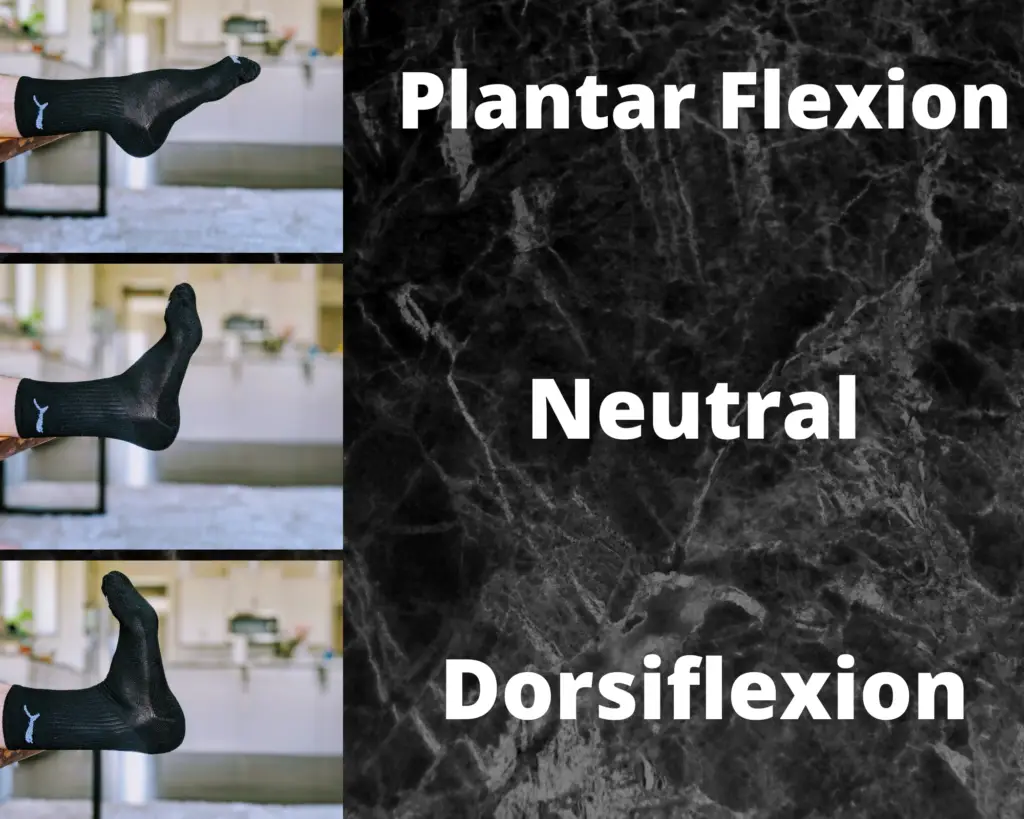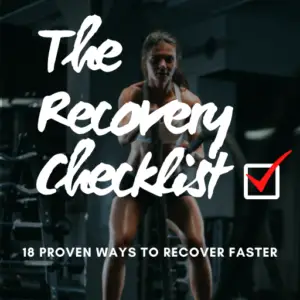The ankle shattered in 2012. But regional interdependence still remembers.
How has it been over a decade already?
It happened on the ski slope. Or was it stepping off a curb? Tripping over a pothole?
However you broke it, your left ankle fractured in 3 places. Thankfully, the orthopedic surgeon skillfully reassembled your lower leg.
And that’s when things went sideways.
You stayed immobilized in a boot for too long. So physical therapy started late.
Then your physical therapist didn’t do enough hands-on ankle mobilization or ankle-specific mobility drills because he was overbooked with 3 patients an hour.
And you didn’t do your home exercises because your PT didn’t explain their importance.
So your left ankle has been stiff for a decade. No big deal, you think, because it doesn’t hurt.
The Silent Culprit
Then you decide to try CrossFit. “New year, new you,” right? Breaking a sweat and getting stronger feels amazing. Plus, you’re meeting new friends!
A few weeks into your new workout routine, you feel sudden sharp hip pain in your left hip crease when you squat. So you stop squatting for a few weeks and focus on aerobic exercises instead.
Then you feel aching pain in your left SI joint when you run and jump rope. Am I falling apart? you wonder.
Turns out that your stiff ankle is the silent culprit that’s causing your hip and SI joint pain!
Regional Interdependence
Regional interdependence means that body regions affect each other.
In other words, “the foot bone’s connected to the ankle bone, the ankle bone’s connected to the leg bone.”
Research evidence keeps piling up in support of the regional interdependence concept, a relatively new theory formally introduced in 2007.
Regional interdependence works like an office, and your body regions are like co-workers. When one inconsiderate co-worker re-heats leftover fish in the community microwave, everyone else suffers.
Likewise, dysfunction at one body region creates problems all around it.
Back to CrossFit
So why did squatting, running and jumping cause problems?
Let’s assume you didn’t do too much, too soon (the most common cause of overuse injuries). Ankle stiffness, particularly into dorsiflexion, limits forward knee travel.

When your knee can’t forward travel over your toes because of ankle stiffness, your quadriceps can’t absorb as much force during high-impact exercises.
And good luck squatting deep with stiff ankles.

So if ankle stiffness prevents sufficient forward knee travel during the squat, the motion has to come from somewhere.
Your body gains motion at the midfoot joint (into foot pronation) and hip joint (into hip flexion), making these regions more susceptible to pain and injury.
Hence the anterior hip pain with squatting.
When ankle stiffness prevents the quadriceps from absorbing force with running and jumping, all that force goes somewhere. So it travels up the chain to the SI joint and lumbar spine.
And that’s how ankle stiffness causes SI joint pain with running and jumping.
You can do evidence-based SI joint exercises for months, but you won’t be able to run and jump normally until you address the ankle stiffness.
Above and Below
“Look at least one joint above and below the painful area.” It was a mantra in PT school.
Skilled orthopedic physios and physicians who understand regional interdependence will examine the painful area, as well as the regions above and below, in search of silent culprits.
And there are many.
Isolated arm or leg pain originates from the spine 43.5% of the time, according to an eye-opening 2020 study. Shoulder pain and hip pain originate from the spine in a whopping 48% and 71% of cases, respectively.
Good clinicians screen the spine.

The stakes are high: missing silent culprits leads to ineffective treatment, unnecessary imaging and even unwarranted surgery ON THE WRONG AREA.
Good thing surgery has a massive placebo effect.
Bottom Line
As exemplified by the stiff ankle case study, regional interdependence explains how a dysfunctional but pain-free joint can create pain in surrounding regions.
Working with a movement expert, like an orthopedic physical therapist, is the best way to address regional interdependence issues, unravel hidden sources of pain, and accelerate your recovery.
For more recovery insights, download the free Recovery Checklist e-book and learn 18 proven strategies to recover faster.

